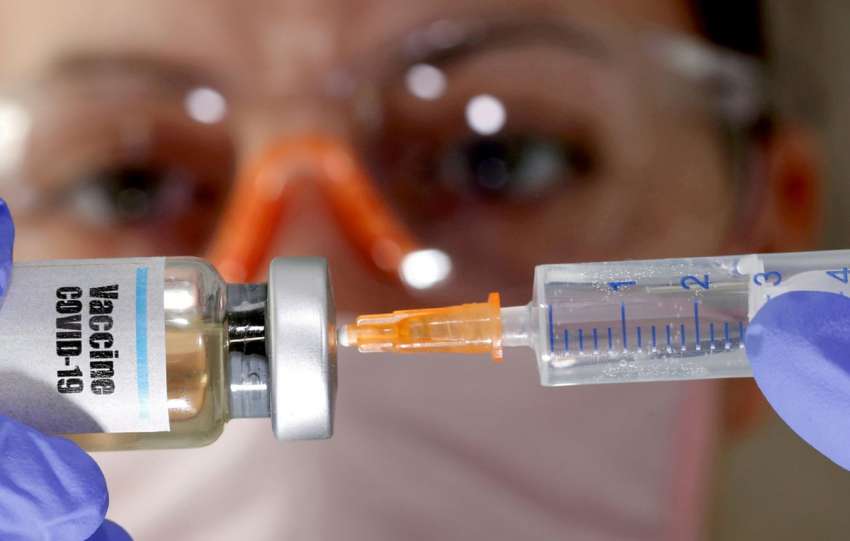The coronavirus COVID-19 is affecting 209 countries around the world, and more than 71,000 people have died. The COVID-19 pandemic is an unprecedented crisis that has exposed the lack of preparedness among many governments around the world, and India is hardly an exception. Fears are growing about what happens if community transmission takes off in the crowded areas of the world’s second-most-populous nation.
Is the world’s second-most populous country prepared for a coronavirus outbreak?
India has reported around 4598 cases of coronavirus, and it’s a bit of a mystery how the world’s second-most-populous nation, with 1.3 billion people, has remained relatively unscathed while the number of cases explodes to its east and west. As per the doctors, it is either that there are many more cases in India that have not been detected, because of the difficulties of getting tested, or that India has indeed managed to so far escaped the worst, possibly because of quick and strict efforts right from the start.
India was one of the first nations to essentially shut its borders, canceling visas and denying entry to all but a select few foreigners. India began screening people at the airport from 17 January onwards, six days after Chinese state media reported the first known death from an illness caused by the virus.
 If the transmission of the virus is so quick in European countries like Italy, where populations are sparse and spread out, one can imagine the consequences in India where population density is extremely high. The number of confirmed coronavirus cases in India has been growing at a rate seen at the early stages in other countries where there was subsequently an exponential rise in infection in a matter of weeks.
If the transmission of the virus is so quick in European countries like Italy, where populations are sparse and spread out, one can imagine the consequences in India where population density is extremely high. The number of confirmed coronavirus cases in India has been growing at a rate seen at the early stages in other countries where there was subsequently an exponential rise in infection in a matter of weeks.
So, the question is whether India will also witness a significant outbreak in the days ahead.
Why could It get worse in India?
According to studies from China, people with uncontrolled hypertension and diabetes are more likely to experience severe COVID-19 and die from it. About a third of India’s population is hypertensive, and over one in 10 adults are diabetic. Children were less likely to be infected in China, but India has millions of undernourished children who are more prone to infections.
A good number of people in India live in low-quality, semi-permanent structures, known as slums. Many of the homes don’t have bathrooms or running water. Where on earth are they going to find the water and soap that they need? Even maintaining social distancing in such areas is a big challenge.
Testing has also been a problem. Until the last few weeks, it was difficult to get tested in India for the coronavirus unless a patient showed symptoms and had traveled abroad or was close to someone who had. While South Korea has tested more than 4,800 people per million and Italy more than 1,000, India has tested around 5 per million. Although, recently, India has scaled up its testing kits from 20,000 to approximately 1 million. Now that tests are more widely available and can be processed in a few days at a network of more than 50 national labs.
Well, India knows how to make and buy more weapons. India is known to invest a good amount of weapons. But, how come India forgets to invest in health sectors? India’s healthcare system is grossly inadequate to provide quality infrastructure, and manpower to millions of its citizens is well known. India has also faced one such outbreak in the past. The Spanish flu killed between 17 to 18 million Indians, more than all casualties in World War One. India bore a considerable burden of death – it lost 6% of its people. The pandemic is believed to have infected a third of the world’s population and claimed between 50 and 100 million lives. If the virus can wreak havoc in developed countries with far superior healthcare, India is undoubtedly sitting on a time bomb. With poverty, crowded circumstances, and poor health of the populace, the death rate could easily be in the millions.
According to some new projections, around 5 million or more people may get infected with COVID-19.
 Can India avoid a death toll in the millions?
Can India avoid a death toll in the millions?
How is India responding?
Prime Minister Narendra Modi in March announced a three-week-lockdown for all of India. There’s a total ban on venturing out of the home. People are banned from going out except in emergencies or to buy essential food and medicine. The new restrictions have brought the country to a standstill, emptying streets, grounded flights, halting rail services and putting millions of people out of work. The Indian government has also been applauded globally for safety flying back many of its citizens, especially workers and students stuck abroad, spreading volumes about the government’s concern and efforts for its citizens.
India’s healthcare system is about to be tested. India has three to four weeks before the coronavirus outbreak hits its peak. It is necessary to use this window of opportunity to create an enormous, affordable, and easily available testing infrastructure, intensity efforts to identify the sick, trace their contacts and isolate them and prepare for the avalanche. Hygienic quarantine facilities and intensive-care beds must be set up in all state capitals. The next four weeks are absolutely crucial for India, and the lives and livelihoods of 1.4 billion Indians depend on the work that lies ahead. If India fails to fill these severe gaps in its capacity, the pandemic will exact a heavy toll.
Is India much more prepared and fully equipped than what the whole world thinks?
Will China donate ventilators and doctors if needed?






